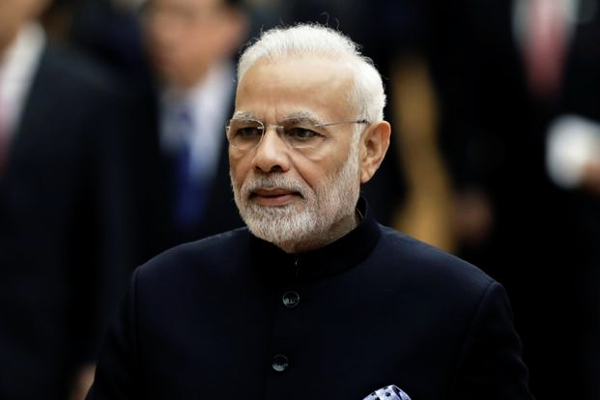The first interaction I had with Narendra Modi – albeit telephonic– was way back in 2006, when I used to work with a news weekly. I used to track the Congress, as my primary beat, but was majorly interested in Modi’s rise and his performance as the “CM cum CEO of Gujarat”.
I didn’t have his mobile number. So, I called on the CM residence number listed on his official website. Without expecting much success, I asked the operator to connect me to the Chief Minister. Lo and behold – CM Modi was on the line! I asked him a few questions but what remained with me was how he defined “secularism”. He said: “Ekam Sat, Vipra Bahudha Vadanti” (Truth is one; sages call it by various names”.)
My team, as also fellow journalists, were surprised by this telephonic chat with CM Modi – then already a rising star, and seen by many as a rightful inheritor of the BJP’s legacy at the Centre. But, then, this was not so surprising, after all. He engaged even with journalists who had vilified him for the riots in the state.
This long distance communication with Modi continued even as I changed jobs. In a job interview with the Edit Head of a news organization (where I eventually joined), I asked – ‘what do you think of Modi’? The answer was – “We don’t believe in his politics, though we don’t have a problem with his economic vision”.
This was the narrative that the mainstream media has grown on – since Modi’s Gujarat days.
Modi, our PM into his second term, has not forgotten this.
So, when the media, as also the Opposition, cry themselves hoarse – “why has PM Modi not addressed a full-fledged Press conference” – it is to be taken with a pinch of salt.
In the run-up to the general elections, Modi gave interviews left, right and centre. His critics, however, said that “most of these interviews were scripted”.
Let’s face it – Delhi’s elites – call them the ‘Khan Market gang’ if you wish to – have still not come to terms with Modi’s ascension to the top post.
Modi, the communicator par excellence, has improvised for India a top-down communication approach, deftly using the social media and other means of mass communications.
The Left-leaning cabal of journalists, who have always enjoyed prominence in Delhi newsrooms, have, thus, been rendered irrelevant. The extinction of the political Left and the near-decimation of the Rahul Gandhi-led Congress have further compounded their woes.
Make no mistake – Narendra Modi is here to stay. He is no Atal Bihari Vajpayee – who liked to model himself around Jawaharlal Nehru.
As journalist Sheela Bhatt has observed –Modi (and even Amit Shah) have been keen students of Indira Gandhi’s brand of nationalism. So, Modi likes to wear his Hindu nationalist image on his sleeves. Not just 2022 (the new India deadline, as the government likes to outline, coinciding with our 75th Independence Day), Modi is likely to come back to power even in 2024.
When BJP general secretary Ram Madhav recently remarked that the BJP will continue to be in power even in 2047, it was not an off-the-cuff remark. Like the “Congress system” of the yore, we have a “BJP system” well and truly entrenched at the centre of India’s polity. As industrialist Gaurav Dalmia remarked, in another context, “BJP, the hegemon,” has arrived.
For making the BJP — the behemoth that it is today, Modi will have a special place in history. In future, he will also be remembered as the PM who successfully broke away from the Nehruvian consensus and carved a polity that was an amalgam of Gandhi, Patel and Deendayal.
Source: BW
Image Courtesy:Live Mint
You may also like
-
IAF Aircraft Set Course For Exercise Eastern Bridge VII At Oman
-
India-us Working Together In Areas Like Critical Minerals, Supply Chains And Advanced Technologies: Shri Piyush Goyal
-
Defence Secretary to co-chair 5th India-Philippines Joint Defence Cooperation Committee meeting in Manila
-
2nd India-Japan Finance Dialogue held in Tokyo on 6th September, 2024
-
Prime Minister, Shri Narendra Modi welcomes Crown Prince of Abu Dhabi
